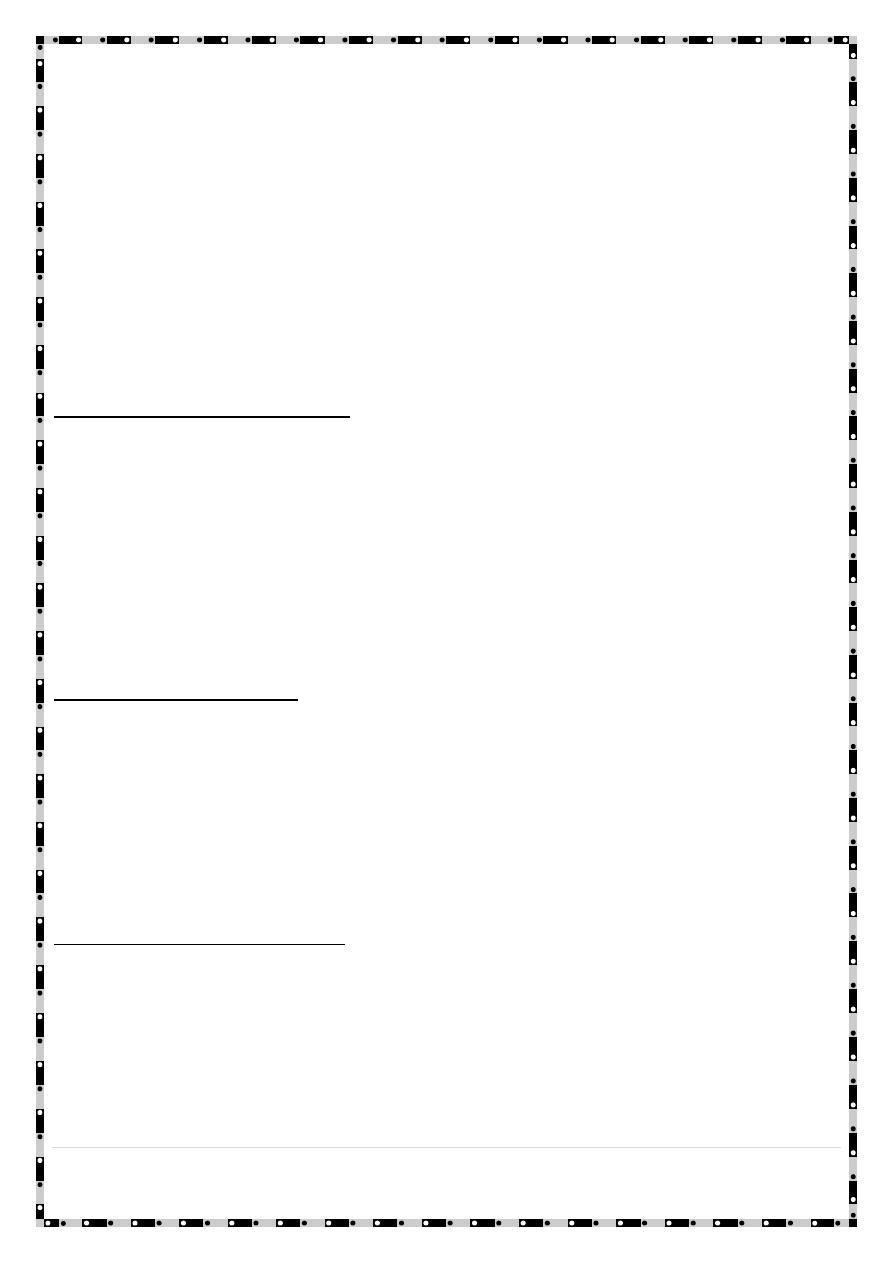
1
|
P a g e
#Mohdz
DONE BY:-
Epidemiology of cholera
Dr.Zahraa F.I.B.M.S
• Cholera is an acute intestinal infection causing profuse watery diarrhea,
vomiting, circulatory collapse and shock. Many infections are associated
with milder diarrhea or have no symptoms at all. If left untreated, 25-50%
of severe cholera cases can be fatal.
MODES OF TRANSMISSION
Transmission through water when sources such as wells, ponds, lakes,
streams and rivers are contaminated by infected fecal matter.
Transmission through foods and drinks contaminated by an infected
person, particularly during an outbreak.
Secondary transmission by direct contact.
Eating raw or undercooked Shellfish that are contaminated.
Vibrio cholerae strains
• Two serogroups of V. cholerae – O1 and O139 – cause outbreaks. V.
cholerae O1 causes the majority of outbreaks, while O139 – first identified
in Bangladesh in 1992 – is confined to South-East Asia.
• Non-O1 and non-O139 V. cholerae can cause mild diarrhoea but do not
generate epidemics.
Period of Communicability
• The patient is infective during the later part of incubation period and
during the periods of disease and convalescence. Convalescence usually
lasts 7 to 10 days.
• Sometimes convalescent carriers are infectious for 2 to 3 weeks.
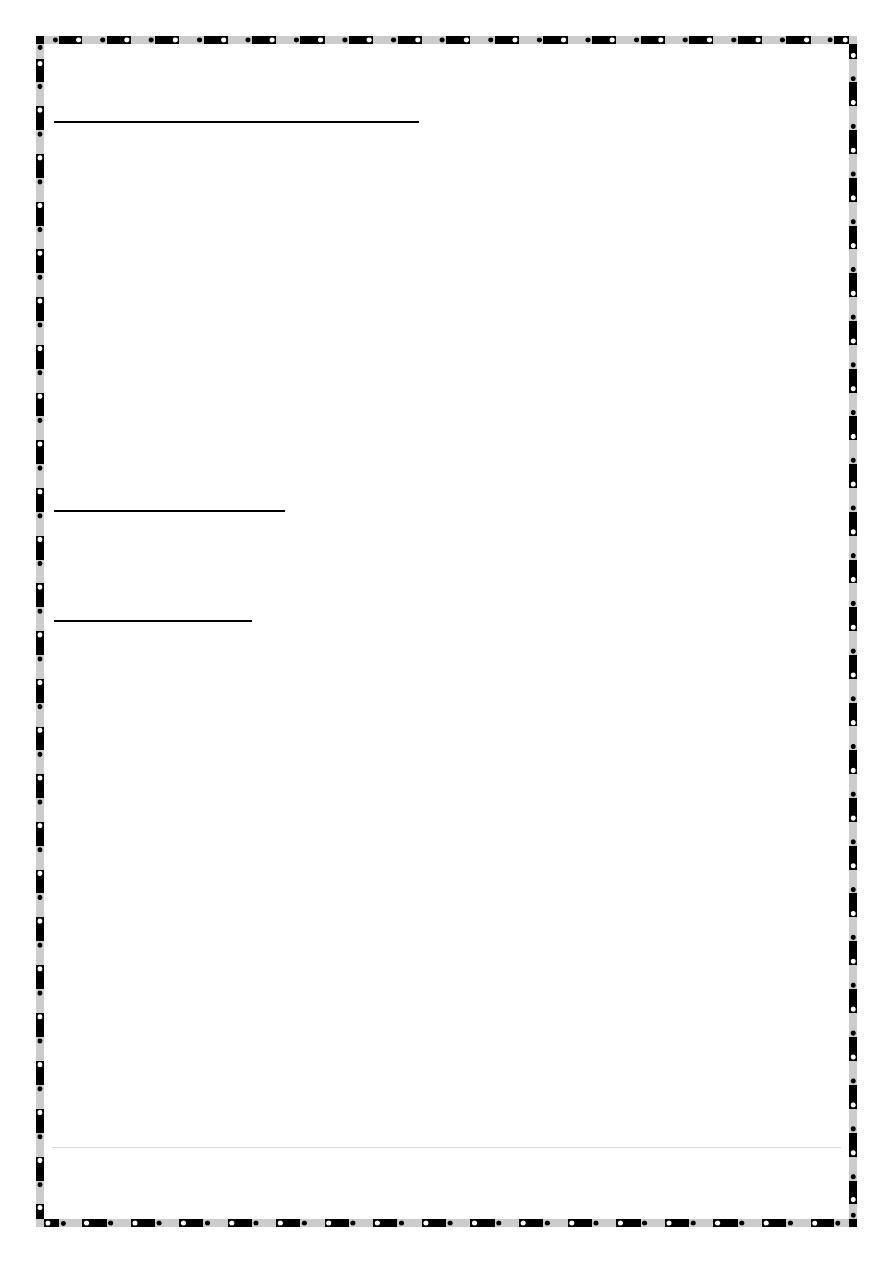
2
|
P a g e
#Mohdz
DONE BY:-
SUSCEPTIBILITY AND RESISTANCE
• Cholera affects individuals of the lower socioeconomic groups because of
their poorer sanitary conditions.
• Adult males are affected more during earlier stages of the epidemic, but
no sex difference is seen later on.
• Adults more than children are affected in an epidemic but the disease is
more severe in the latter. This is because people acquire immunity as they
grow older.
• Gastric acid kills cholera organisms and susceptibility to cholera is
increased when gastric acidity is decreased.
• Acquired immunity through infection or inoculation is short lived and
uncertain.
INCUBATION PERIOD
• 1 to 5 days, usually 12 hours to 2 days.
CLINICAL PICTURE
Stage of Profuse Watery Evacuations
• Classical cholera starts suddenly with pain in the abdomen and large
watery motions which contain fecal matter at first but later become
thinner, looking like rice water, containing flakes or mucus. There is usually
tenesmus.
• Diarrhea continues for 2 to 6 days (40 motions one day.)
• Diarrhea is followed by projectile vomiting in 80% cases but vomiting may
even precede diarrhea. It occurs without effort, nausea or retching.
Stage of Collapse
• Vomiting gradually become small and less frequent. Signs of marked
dehydration are apparent such as apathy, cyanosis, sunken eyes, anxious
,excessive thirst, husky voice and cold and clammy skin,
• Loss of skin turgor and muscle cramps.
• Systolic blood pressure falls below 70 mm, urine is suppressed and the
pulse becomes fast, weak and thready or may even disappear.
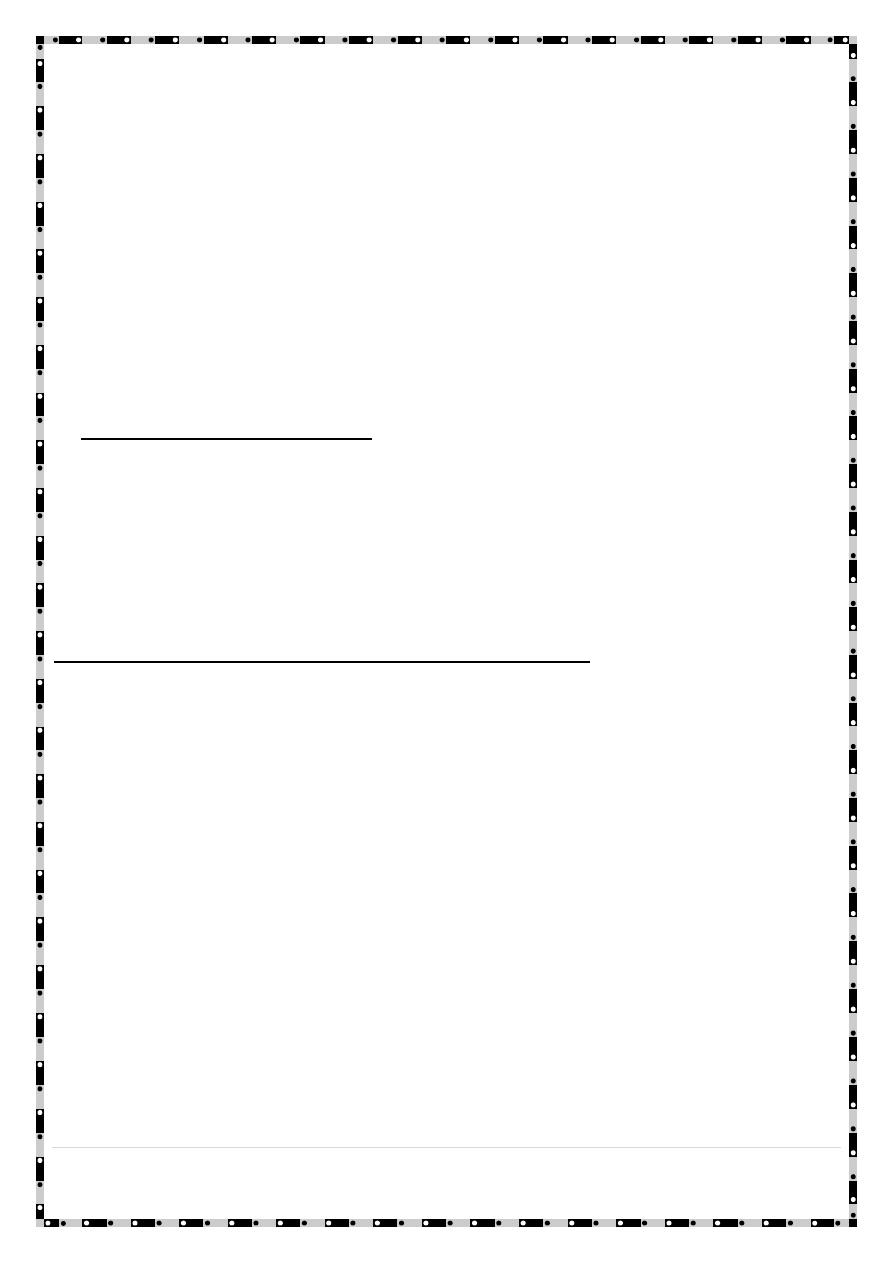
3
|
P a g e
#Mohdz
DONE BY:-
Stage of Recovery or Death
• The patient recovers or dies within a few days. Recovery occurs if the
attack is mild and treatment is timely and effective.
Warm skin, pulse and blood pressure improve, oral fluids are retained and
the patient starts passing urine.
• The general appearance improves.
• In the alternative, the stage of collapse passes onto coma and death.
• Two important causes of death are acute renal failure (more in adults) and
hypokalemia (more in children).
• Differential diagnosis from food poisoning should be made.
LABORATORY DIAGNOSIS5
Culturing V. cholerae organisms from feces or vomitus, subculturing
after 4 to 6 hours on Thiosulphate Citrate Bile Salt Agar (BSA) medium.
Cary Blair madia for transport of the specimen.
Visualizing characteristic motility of the organisms by dark field
microscopy, the motility being inhibited by specific antiserum.
MEASURES OF PREVENTION AND CONTROL
Verification
• This needs to be done quickly by identification of vibrios in stool.
Notification
• Reporting of any case of diarrhea and vomiting suspected to be cholera to
health authorities is compulsory.
• Once an area has been identified as having cholera, reports need to be
sent daily and weekly till the area is declared free of cholera.
• An area is declared free of cholera when 10 days have
• Elapsed since death, recovery or isolation of the last case.
Isolation
• It should be done to the extent possible in the house,
• Hospital, mobile hospital or isolation camp.
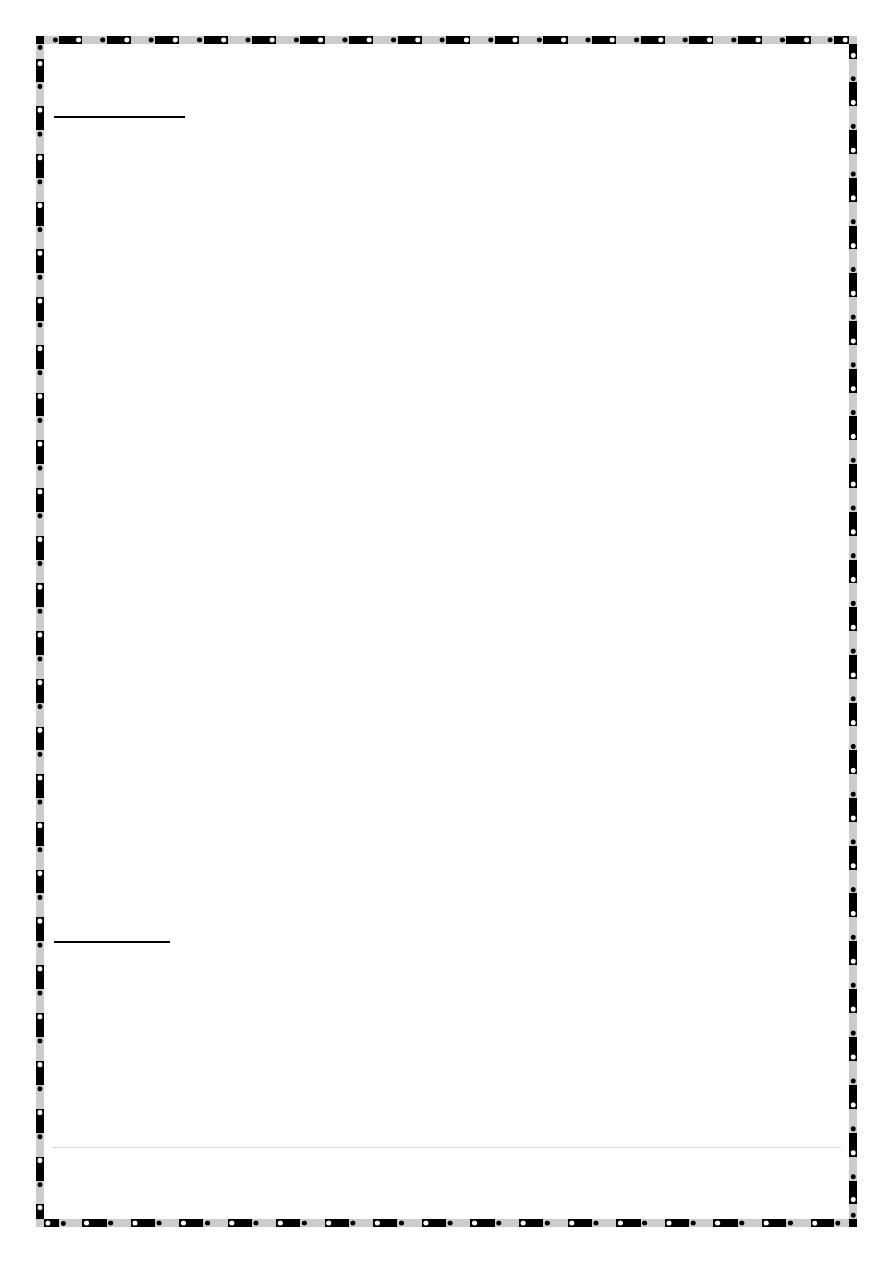
4
|
P a g e
#Mohdz
DONE BY:-
Disinfection
• Mix with cholera stools and vomit an equal quantity of 30% percent
bleaching powder. Allow to stand for 2 hours and bury the mixture.
• If stools and vomit fall on the floor, the area around the patient should be
covered with a thin layer of bleaching power.
Immunization
• Vaccines for cholera are available as:
• Injectable killed whole cell vaccine: have a poor
• Efficacy (45%) and the protection lasts for duration of only 3 months.
• Two doses of the vaccine are administered one week to one month apart.
• WHO does not recommend the use of the old parenteral vaccine because
of its limited protective efficacy and lack of suitability for public health
purposes.
• Oral cholera vaccine is approved for use in persons aged over two years
(recombinant cholera toxin).
• It confers 85%- 90% protection for 6 months among all age groups
Health Education and Personal Protection
• The community should be informed about the nature
• Of the disease, the mode of spread and the type of safety measures
needed for protection.
• Elementary personal hygiene.
• Proper washing of hands after defecation with soap.
• Provision of safe drinking water and facilities
• for excreta disposal
Treatment
• The mainstay of treatment of cholera is rehydration to replace the fluid
loss.
• The concept and strategy of oral rehydration has minimized the need for
intravenous rehydration.
• Drug therapy is much less important than rehydration( Doxycycline,
Azithromycine)
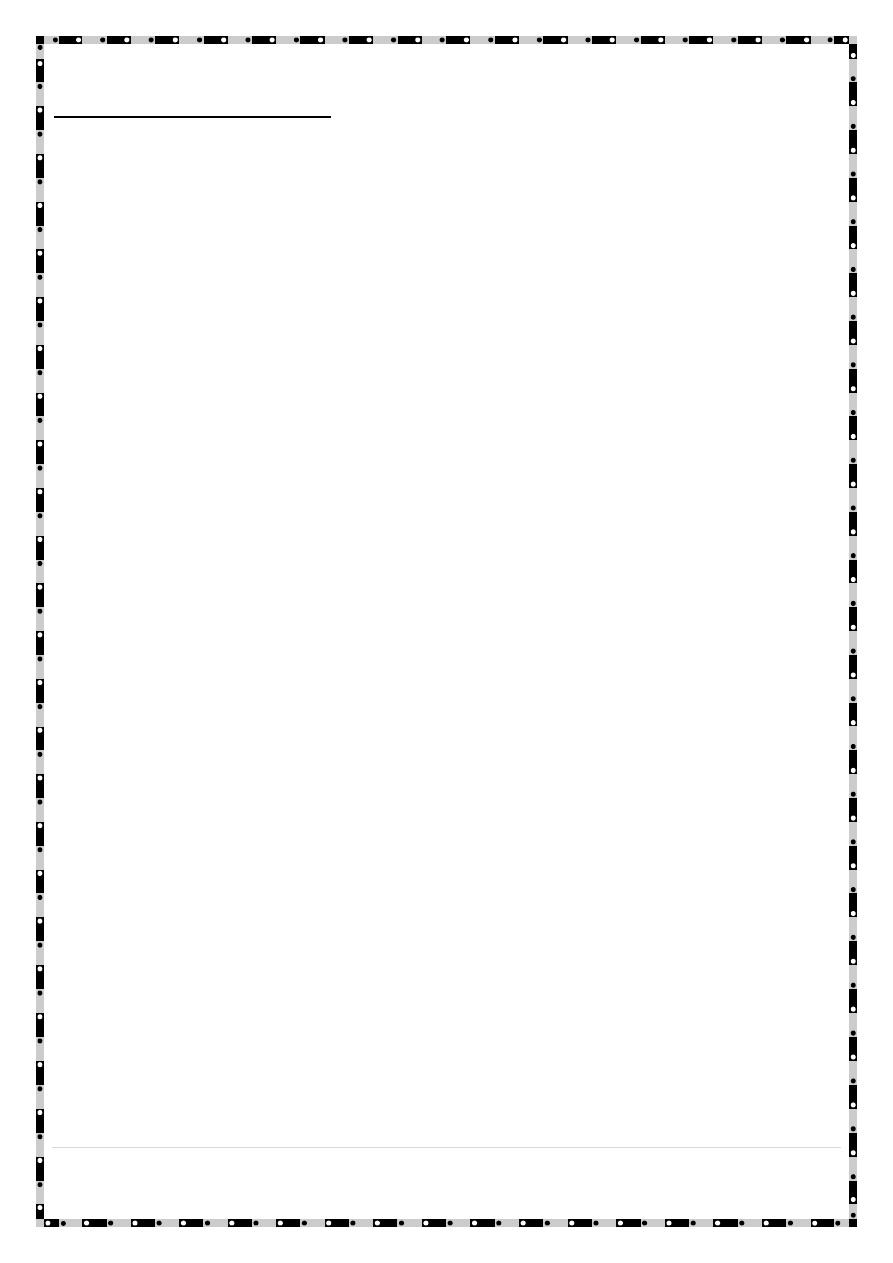
5
|
P a g e
#Mohdz
DONE BY:-
Principles of rehydration:
• The main principle of fluid therapy is that the output of water and
electrolytes from the body in stools, vomit, urine, sweat, and insensible
losses should be matched by the input of water and electrolytes. The fluids
administered to a dehydrated patient should meet the following three
essential needs:
• Correction of the existing water and electrolyte deficit as indicated by the
presence of signs of dehydration (rehydration therapy).
• Replacement of ongoing abnormal losses of water and electrolytes due to
continuing diarrhea, to prevent recurrence of dehydration (maintenance
therapy).
• Provision of normal daily requirements during rehydration and
maintenance therapy.
• ORT should begin at home with the use of “home available fluids” or a
home-prepared“sugar and salt” solution given early during the diarrhea
episode to prevent dehydration.
• The standard ORS composition is as follows:
• Sodium chloride 3.5 g
• Sodium bicarbonate 2.5 g
• Potassium chloride 1.5 g
• Glucose 20 g
• Water 1 liter
• “Improved” ORS that would be safe and effective as standard ORS for
preventing or treating dehydration from all types of diarrhea.
• One approach was to reduce the osmolarity of ORS solution to avoid
possible adverse effects of hypertonicity on net fluid absorption. This was
done by reducing the solution’s glucose and salt (NaCl) concentrations.
• That would be safe in children with acute non cholera diarrhea, and in
adults and children with cholera.
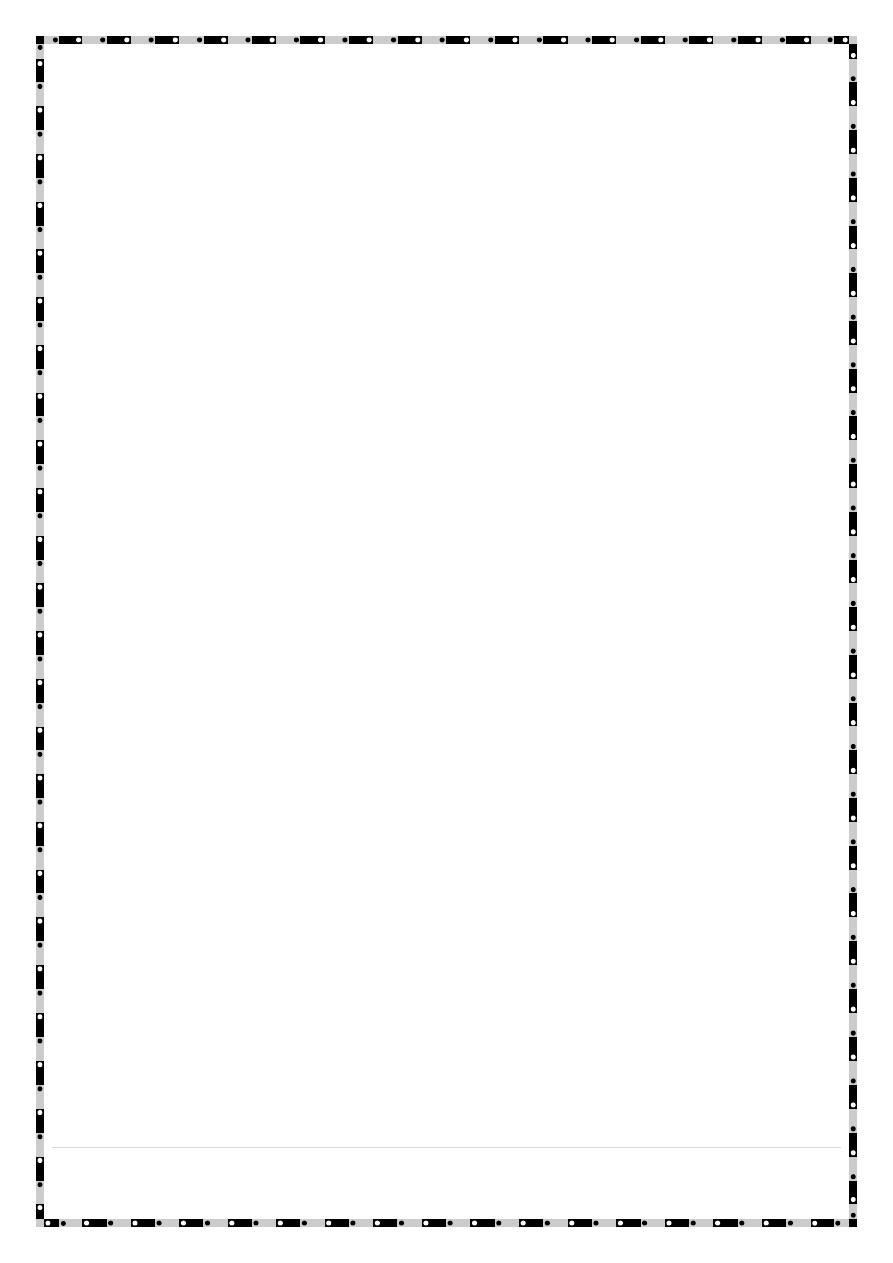
6
|
P a g e
#Mohdz
DONE BY:-
Intravenous rehydration:
This has to be resorted to when dehydration is
severe
.
• Antibiotics and other anti-diarrheal agents are not indicated in a routine
case of diarrhea. If cholera is present or is suspected, tetracycline should
be given.
• In severe cholera cases, antibiotics have been shown to reduce the volume
and duration of diarrhea, the requirements for fluid replacement, and the
period of vibrio excretion.
• Zinc treatment help improve cholera symptoms in children.
